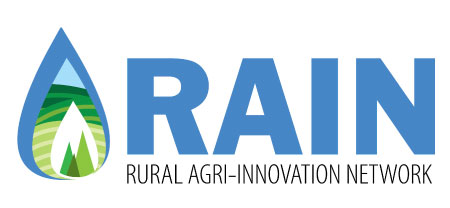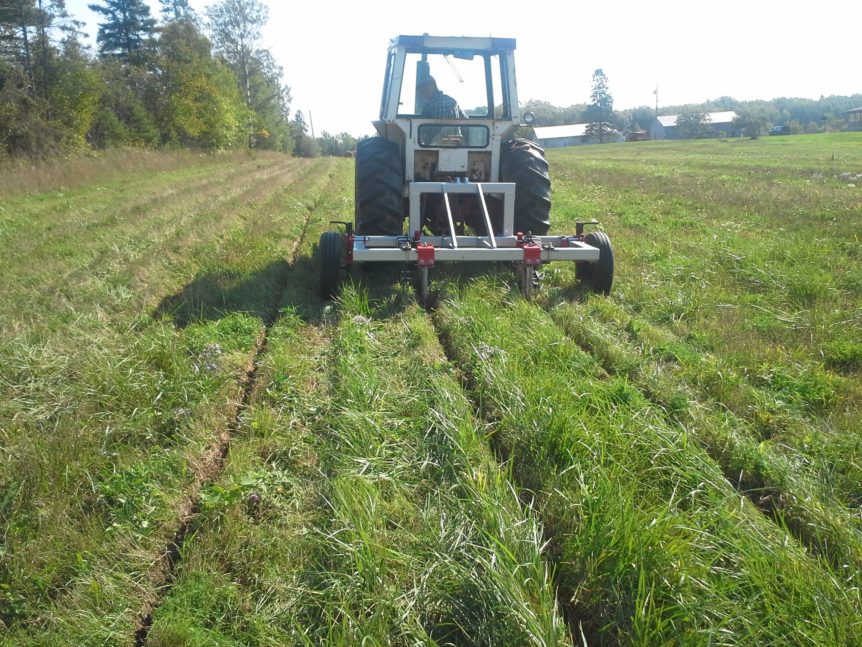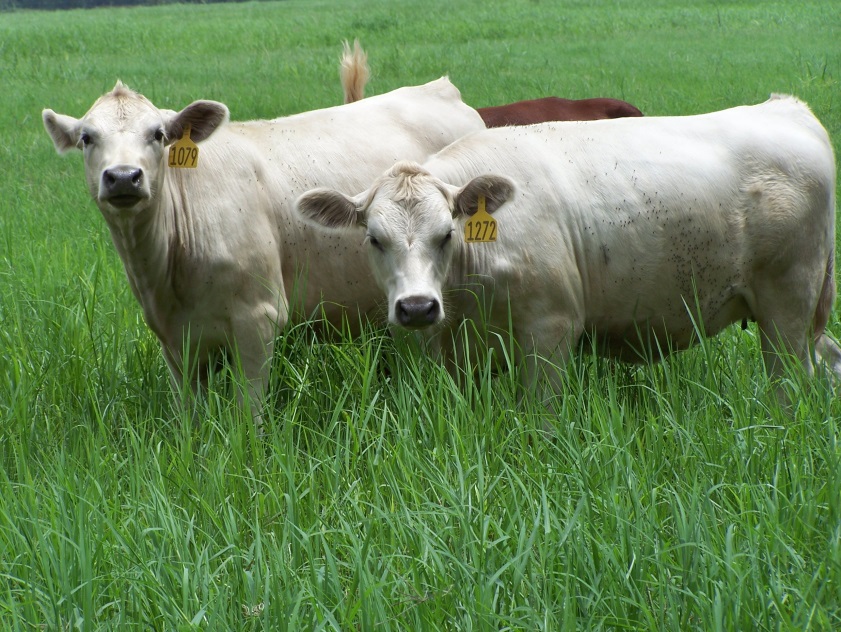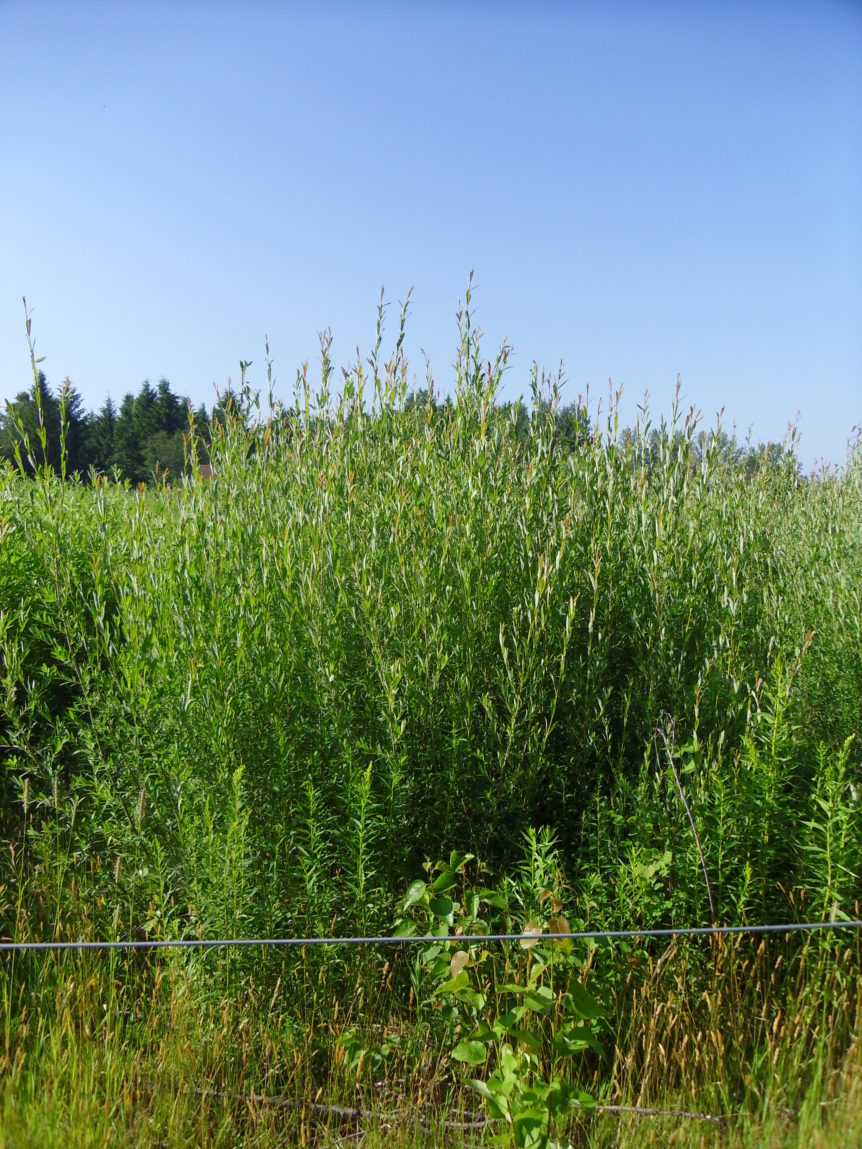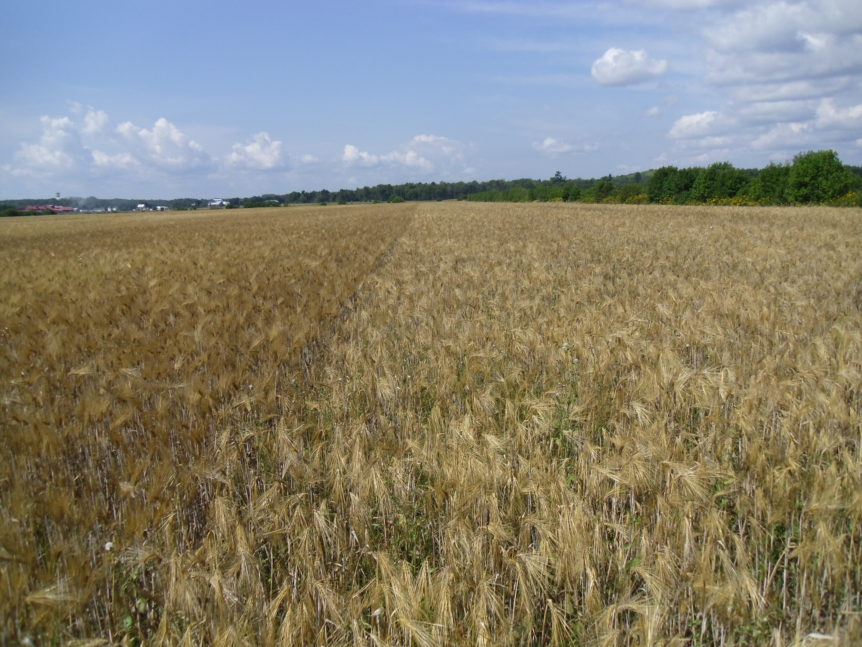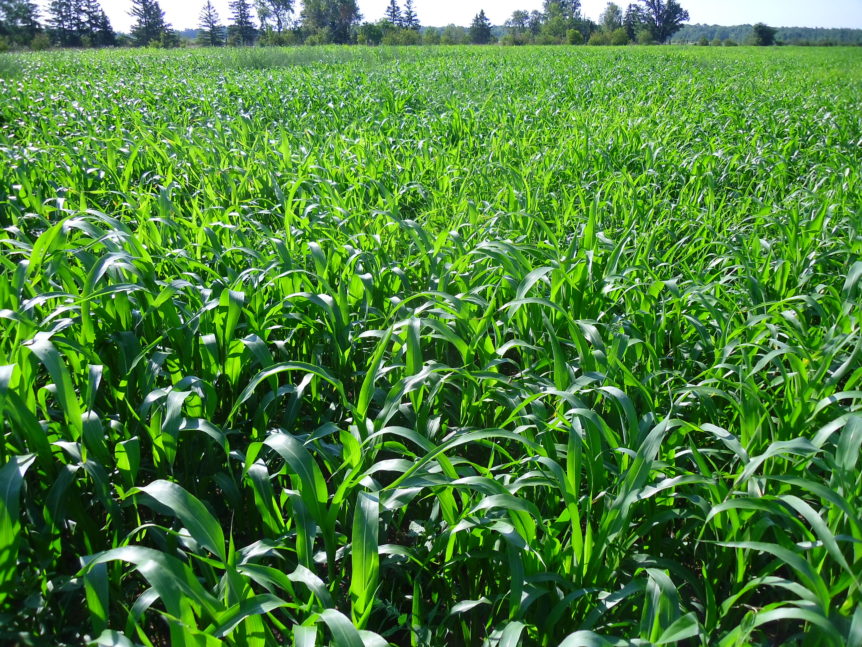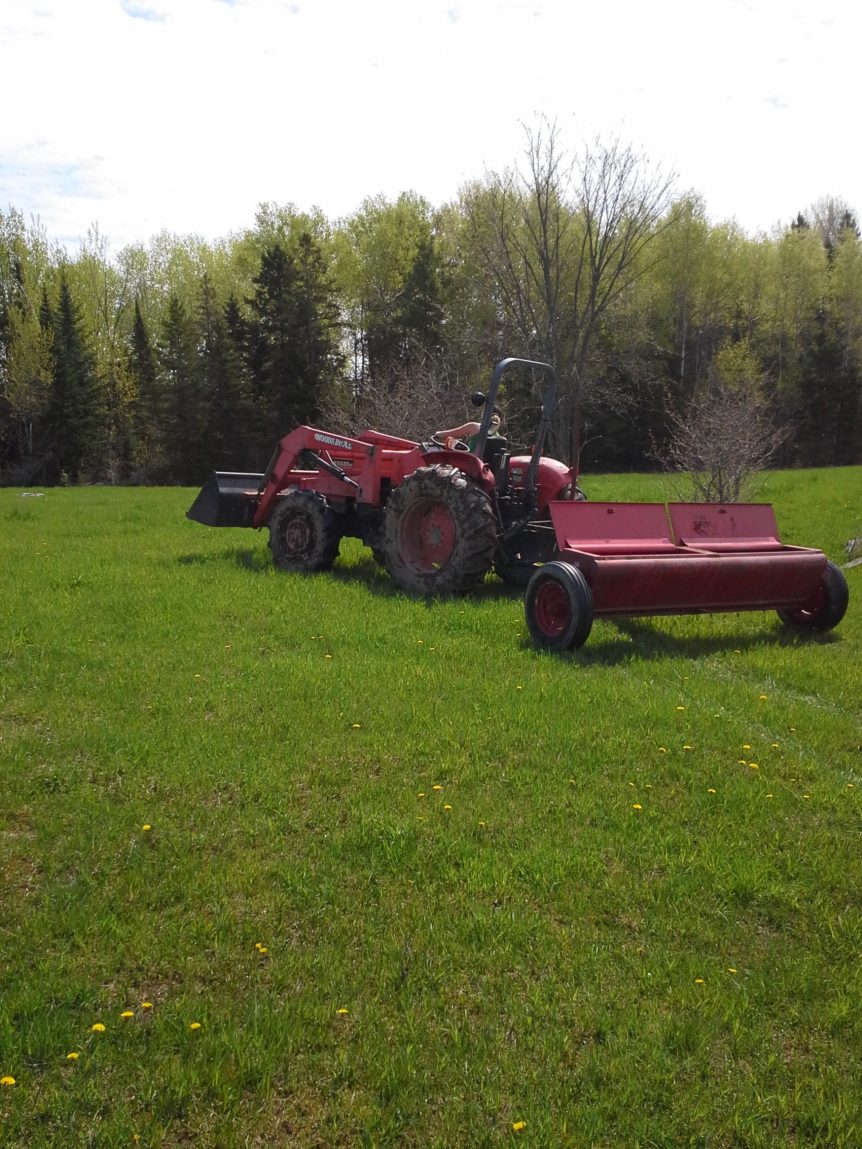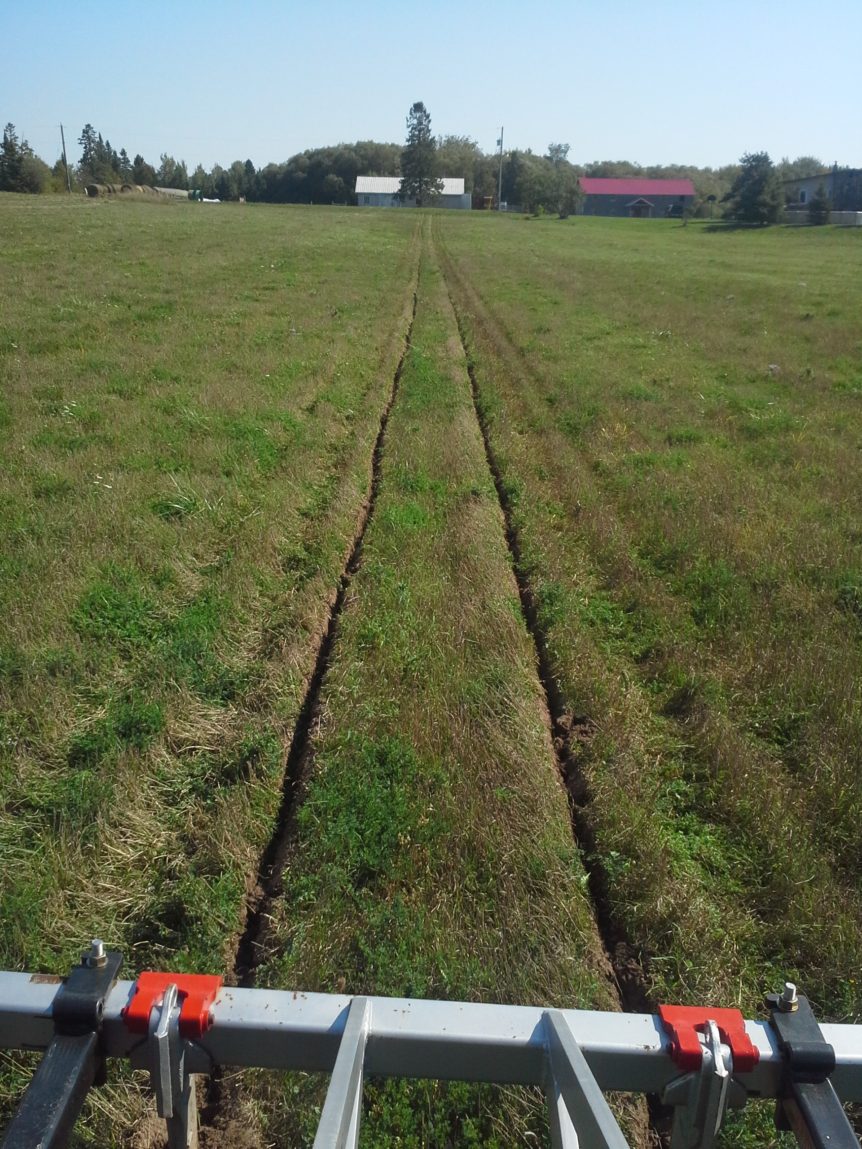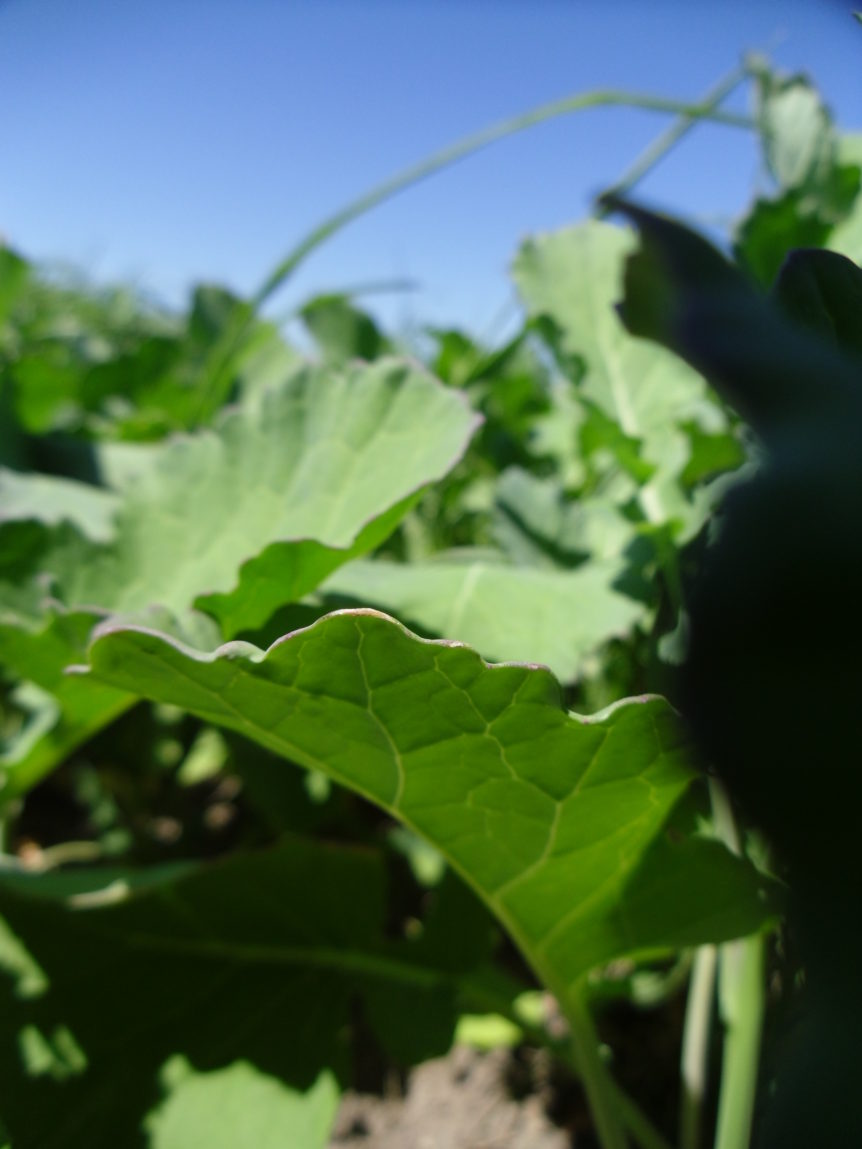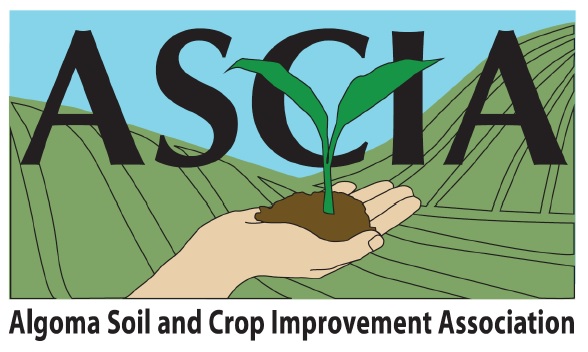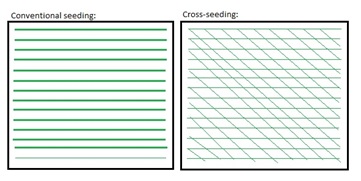by Mikala Parr, RAIN Research Assistant In 2015 a trial involving a keyline subsoiler plow was put in place. Subsoiling can sometimes increase a soil’s water holding capacity by fracturing compacted layers (plow pans) and creating channels for water to infiltrate the soil. The keyline pattern runs across a slope – like contour cropping – and attempts to distribute water …
Grazing Management 2016
by Mikala Parr, Research Assistant Soil Nutrients The pasture improvement demonstration and assessment project was looking at the effects of transitioning from continuous grazing to rotational grazing management in pastures. Soil samples were taken October 2016. When looking at the nutrient analysis, the only significant difference was sodium (Na). There was significantly more Na in the continuously grazed areas in …
Relative Forage Quality of Trees
by Mikala Parr, Research Assistant In 2007 a short rotation woody coppice plantation was established by the Canadian Forest Service to assess the potential of fast growing willow and poplar for bioenergy. A section of this plantation was fenced off in 2015. The idea of this project was to determine if willow and poplar regrowth would be an adequate food …
ASCIA head-to-head barley variety trials
by Mikala Parr, Research Assistant The Algoma Soil and Crop Improvement Association conducted an on-farm assessment of several varieties of feed barley. One location near Thessalon on River Road was comparing CDC Austenson and AC Encore. This field was underseeded with alfalfa, clover, and timothy. Both varieties were sprayed with Cobutox 625 and MCPA 500, and given 8-32-16 fertilizer. Across …
Assessing the Nitrogen Requirements of Sorghum Crops
Sorghum-sudangrass is a hybrid of forage sorghum and sudangrass that does well in Ontario’s climate. It is often used as emergency forage because it is sown in early summer. As a warm season grass, sorghum-sudangrass grows rapidly under hot conditions when most of Ontario’s other forages slow down. OMAFRA’s factsheet on sorghum-sudangrass suggests applying 100-125 kg/ha (90-110 lbs/ac) of nitrogen …
Pasture improvement and the effects of Spanish River Carbonatite
by Mikala Parr, Research Assistant The pasture improvement demonstration and assessment was put into place to demonstrate the effects that Spanish River Carbonatite has on pasture. Spanish River Carbonatite (SRC) is a natural mineral fertilizer and soil conditioner used by organic and conventional farmers. It contains a wide variety of minerals that are mined from an ancient deposit in Sudbury. …
Keyline Plowing: Soil Nutrients and Grass Yield 2016
by Mikala Parr, Research Assistant In 2014 RAIN’s Keyline Plowing Project was initiated to determine whether keyline pattern subsoiling would help with water distribution. The aim was to determine if the keyline technique had an impact on grass yield and the water content of soil throughout the field. Soil Nutrients In order to determine if the soil nutrients have been …
Introduction to the Algoma District Sulphur Fertilization Project
Plants need sulphur to form amino acids, develop enzymes and vitamins, produce seeds, and make chlorophyll. Legumes also need sulphur for nitrogen fixation. Sulphur is most plant available as sulphate: SO4. Since the 1850s, air pollution provided enough sulphur for crop production in Ontario, except in the northwest. Recent initiatives to reduce air pollution have succeeded in addressing acid rain, …
Assessing the best method to establish a cover crop following barley
The Algoma Soil and Crop Improvement Association conducted an on-farm assessment of establishment methods for a cover crop to follow barley. Located near Desbarats, the field was split into different treatments. Both areas were seeded with a forage mixture: 70% timothy, 25% double cut red clover and 5% Alsike clover. The front of the field was broadcasted into the growing …
Introducing RAIN’s new Cross-seeding Forages Project
According to the 2011 Census of Agriculture, 18.35% of Ontario’s grazed agricultural land is in the north. This combined total of rough and seeded pasture comprises nearly a third of northern Ontario’s agricultural land use. While rough pastures make use of native plants as forage, many farmers choose to sow domesticated grasses and legumes that produce a higher quality of …
